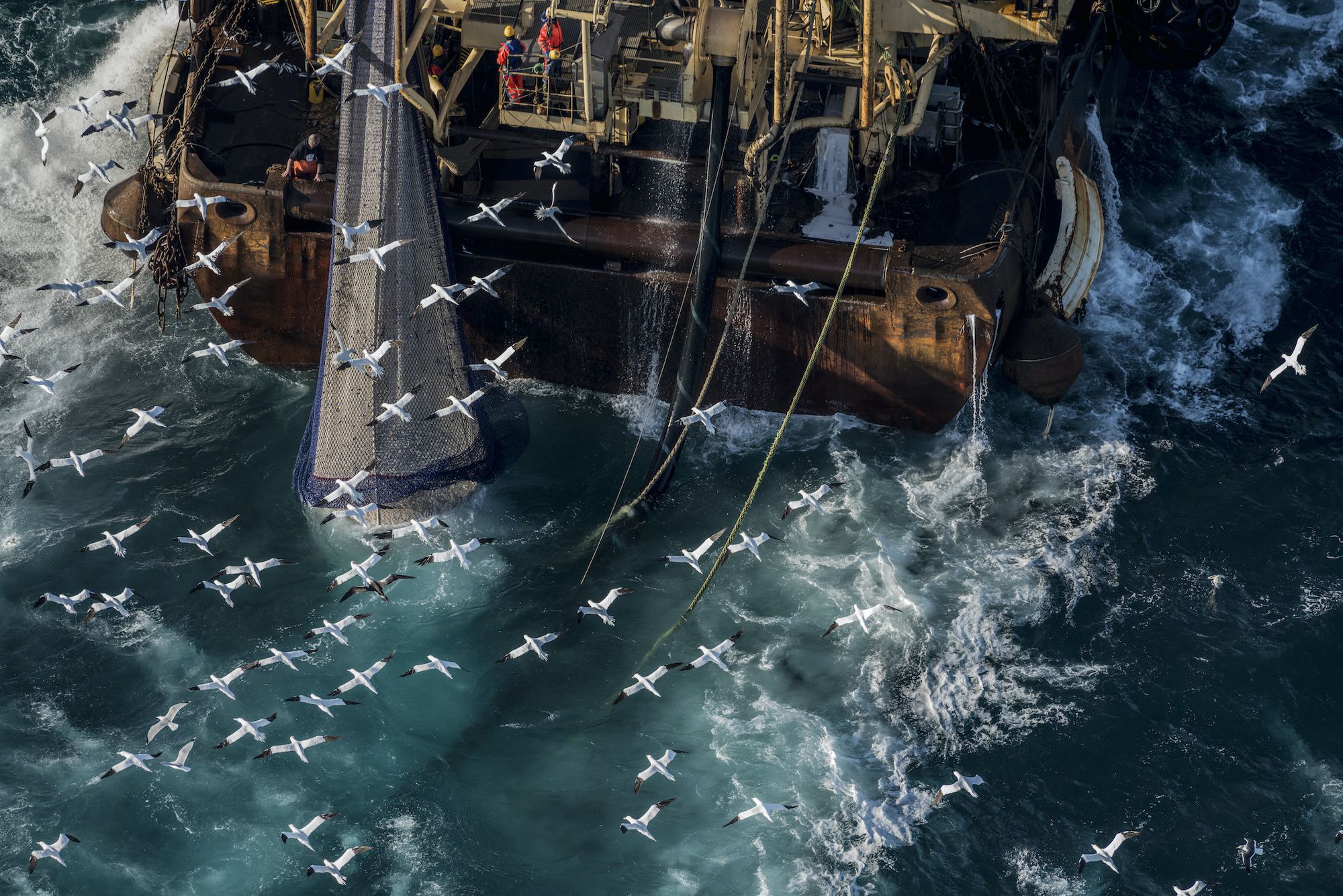Table of Contents Show
The documentary Seaspiracy produced by Kip Andersen released on Netflix on March 24th, 2021, and discusses the environmental impact of fishing. Seaspiracy explains to viewers how it is not only plastic that is killing the world’s oceans, but also unethical fishing companies. From overfishing, to bycatch, to misleading consumers to believing they are eating ethically caught fish, the ocean is threatened by more than one type of villain. In a bold statement, Kip Andersen declares that the only way to save the world’s oceans is to stop consuming fish. A controversial documentary, there have been many debates about the validity of the documentary and Kip Andersen’s arguments.
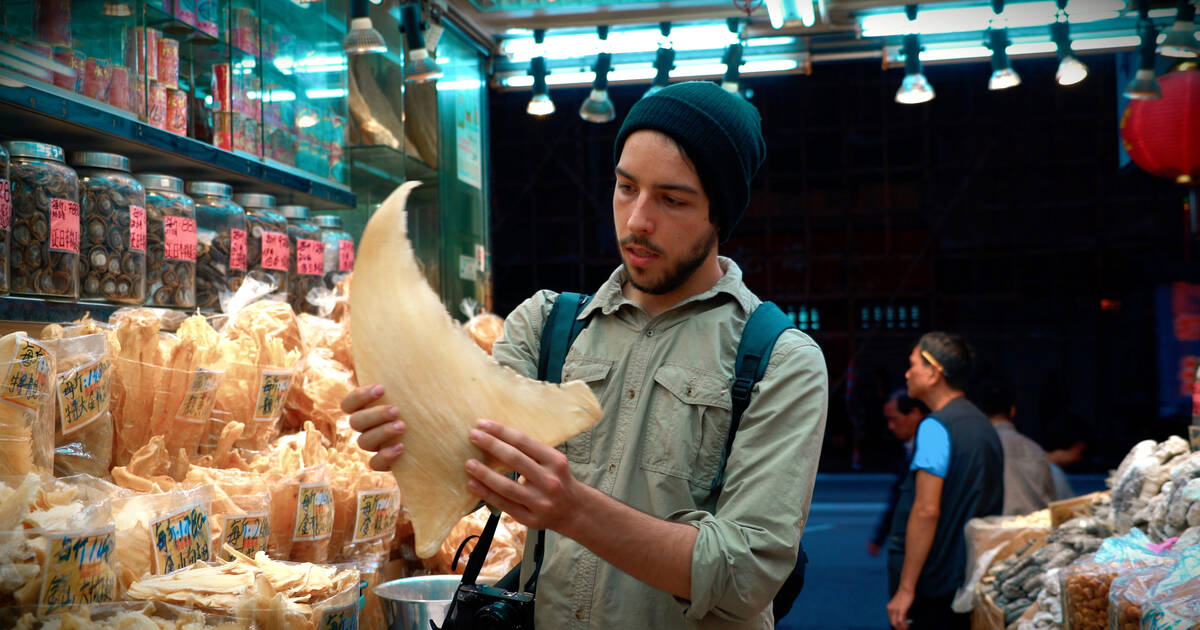
Kip Andersen brings attention to difficult topics in his documentary, but who exactly is Kip Andersen? Kip Andersen is a San Francisco based producer, writer, and activist known for the documentaries Cowspiracy: The Sustainability Secret and What The Health. He graduated from California Polytechnic State University and founded AUM Films and Media. Andersen gets his funding for his documentaries from celebrities, for example Leonardo DiCaprio produced Cowspiracy: The Sustainability Secret.
What Is Seaspiracy About?
If you’ve had a conversation with any friends or family recently, most likely Seaspiracy has been brought up. This documentary has everyone talking — but if you have not watched it, here is a brief overview of what is discussed in this Netflix documentary. The documentary begins with activist Kip Andersen showing how sea life was washing up on shores, dead because of plastic. After doing beach clean-ups and reducing his plastic usage, Kip Andersen still feels like he is not doing enough thus leading him to investigate the root of the Ocean’s problems.
While not dismissing that plastic is a problem, Andersen introduces how there are different sources leading to the killing of sea life and oceans dying. After learning that Japan has decided to resume commercial whale hunting and withdrew from the International Whaling Commission, he starts digging for more information. Andersen would happen to coincidentally come across this news, yet the information he discovered would change the course of how he viewed the ocean forever. In his research, he would discover that there has been an international whaling ban since 1986, and that several countries have continued whaling under the radar for years, including Japan.
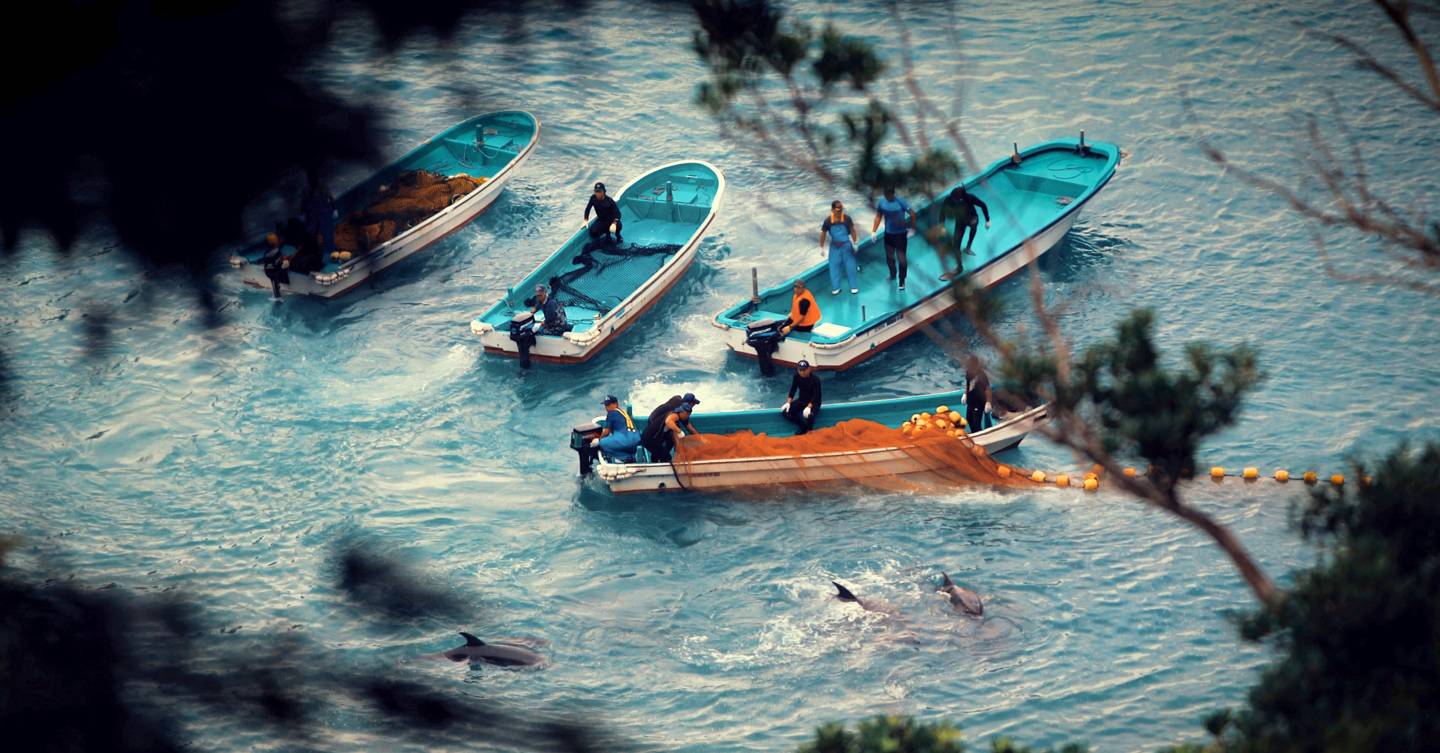
While it is difficult to witness whaling as an outsider, Andersen and his team decide to visit Taiji, Japan to observe the industry in close proximity. In this town, over 700 dolphins and whales are herded into a cove for murder by fishermen each year. Immediately upon arrival, Kip Andersen and his crew are pulled over by an unmarked police car and questioned about their motives. Even though it is dangerous, Andersen and his crew secretly film the Taiji fishermen herding a group of dolphins and slaughtering them.
The crew could not make sense as to why so many dolphins were being killed. According to data they found online, for every dolphin captured by the Taiji fishermen, about twelve dolphins were killed in bycatch. Bycatch is the fish that are accidentally caught and thrown out by fishermen, bycatch not only includes fish but other animals such as dolphins, whales, sea turtles and sea birds. Upon interviewing experts, it is revealed that the dolphins were being killed at alarming rates for pest control. The fishermen view the dolphins as competition because they eat fish, and by getting rid of this competition, the fishermen were able to have more access to fish.
Is ‘Sustainable’ Fishing Really Helping The World’s Oceans?
Kip Andersen attacks the Marine Stewardship Council or MSC for incorrectly labeling products as sustainably fished products. He states that organizations like the MSC cannot guarantee that they practice ethical fishing because of the vast amount of ships to look after. This makes it close to impossible to regulate ethical fishing laws. While there are government observers that are supposed to monitor these ships, most of them will be bribed or murdered. For example, in Papa New Guinea, eighteen government observers have gone missing in the span of five years. In the Philippines, a government observer named Gerlie Alpajora started receiving death threats at her home after having an illegal tuna fishery shut down. Then, she was murdered in cold blood in front of her children one night.
In this documentary, MSC refuses any interviews to defend themselves. Furthermore, the founder of the Sea Shepherd Conservation Society, Paul Watson, states, “There’s no such thing as a sustainable fishery, there’s not enough fish to justify that. Everything is now labeled as sustainable; everything isn’t sustainable. It’s just a marketing phrase.” One of the founders of the MSC was the Unilever corporation, which at the time was a major seafood retailer. Even more shockingly, around 80% of MSC’s 30 million yearly income came from logo licensing. Andersen states that essentially the more ‘sustainable’ logos MSC handed out, the more money they made. Andersen warns consumers not to trust these labels and cut sea life out of their diets.
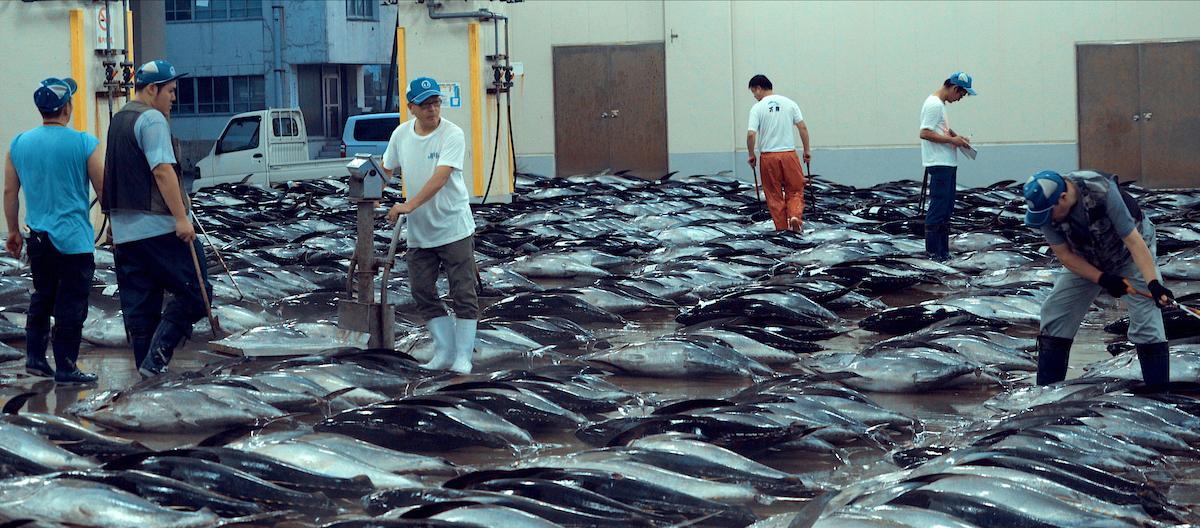
Another issue in the fishing industry that Seaspiracy brings attention to is illegal fishing. The same groups that are behind illegal fishing are also the ones behind drug and human trafficking. These illegal fishing groups are hard to stop because they will murder anyone who gets in the path of their businesses. In many developing regions, local, poor fishermen are competing with the European Union substitutes. This competition is hard on local fishermen and forces them to turn to illegal or dangerous fishing methods just to stay financially afloat. In the United States, one in every three imported fish are caught illegally.
The documentary ends with Kip Andersen and his team taking a trip to the Faroe Islands to watch the whale hunts that take place there. Andersen explains how some years on the island, a whale hunt may only happen a handful of times and other years not at all. Seaspiracy happens to capture one of these whale hunts, and the whole town partakes in the murder of countless whales until the water bordering the town turns red with blood. Andersen then interviews one of the town’s whale hunters, Jens Mortan Rasmussen. Rasmussen declares,
“I don’t feel like I’m a bad person. If someone wants to state, ‘You’re a bad person for killing a whale.”
Well, I would rather kill one whale than 2,000 chickens. That’s about the same amount of meat. So if the world wants to take 2,000 lives and we are taking one, you’re welcome.” Seaspiracy, in summary, states that yes, plastic is killing the sea life in our oceans, but further, than that so is overfishing, ‘sustainable’ practices, whaling, and bycatch. Kip Andersen pushes the viewer to ask themselves,
‘Is it worth consuming sea life if it’s killing the world’s oceans?”
Arguments Over Validity
NGOs, sustainability labels, and experts state that Seaspiracy has made misleading claims, used out-of-context interviews, and misquoted statistics. Not surprising, as these organizations would want to maintain their good name and be excused from any accountability. Still, it’s important to note the backlash that Seaspiracy is receiving. In Seaspiracy, sustainability staff from organizations like MSC that were interviewed by Andersen’s crew seemed unprepared, and this reflected poorly in the documentary. Now, these same interviewees are defending themselves, stating that Seaspiracy mixed up their words. Mark Palmer, an executive with the Dolphin Safe label who was one of these interviewees, asserts, “The film took my statement out of context to suggest that there is no oversight and we don’t know whether dolphins are being killed. That is not true.”
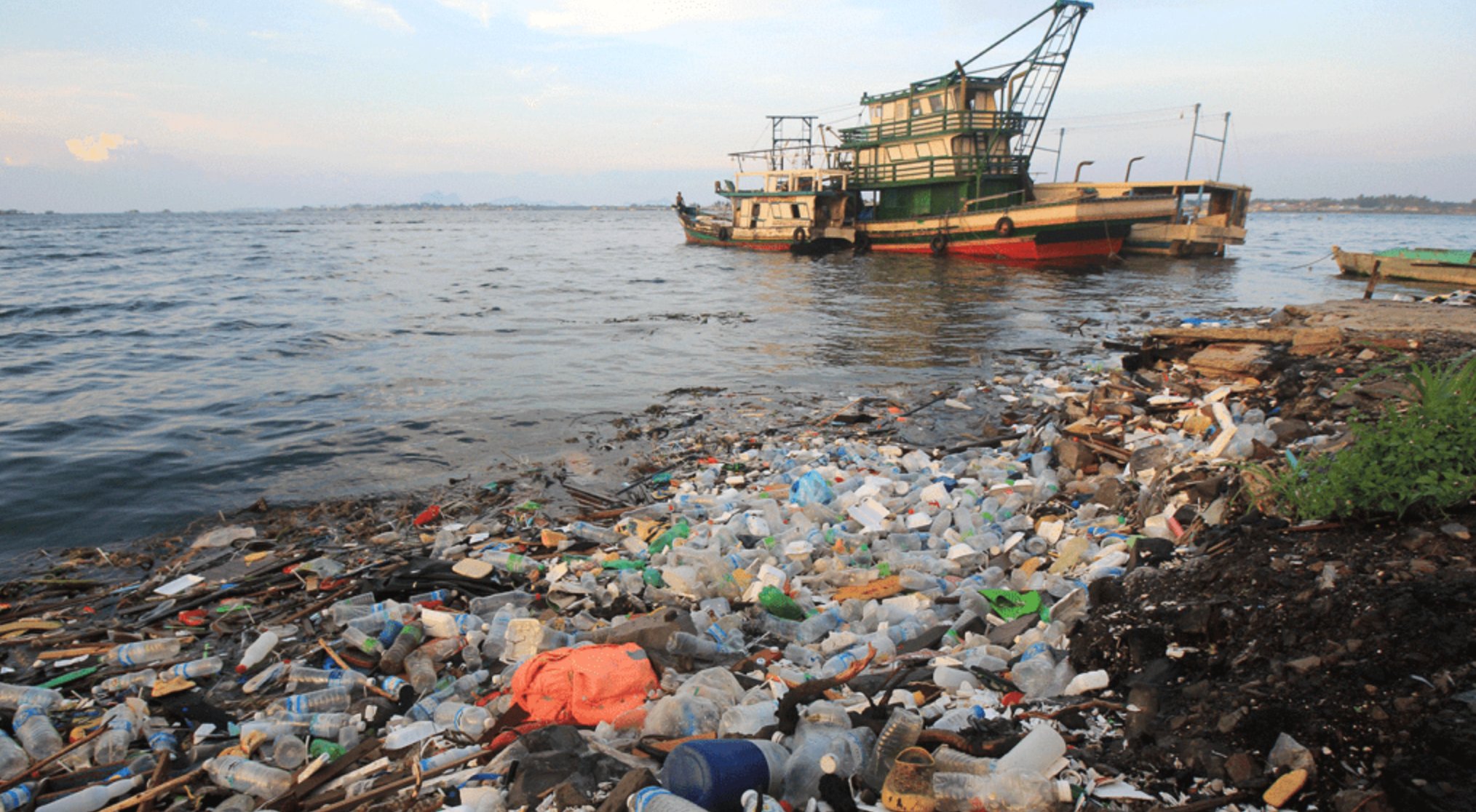
A marine conservationist at the University of Exeter, Professor Callum Roberts, who was quoted in Seaspiracy, states, “It’s not been made for its scientific rigor. It has used the techniques of film storytelling to make its case.” Additionally, Kip Andersen is under fire for stating that the only way to save the world’s oceans is by completely eliminating consuming sea life. In many countries around the world, sea life is the main source of food, and communities depend on it for survival. Likewise, in many developing regions, poor fishermen depend on fishing to support their families for generations. Critics state that to call people to stop consuming sea life if they want to save the world’s oceans is narrow-minded and harmful to small communities dependent on fishing as a way of life.
Netflix’s Seaspiracy: The Impact On The World
After the documentary ends, viewers are left twiddling their thumbs. Is it surprising that greedy corporations are running sustainable fishing? More or less. Is it surprising that the organizations that are being questioned over their sustainability procedures are calling this documentary fake? Again, more or less. The fact that the world is dying is not an uncommon concept by now, as most people are aware that the oceans are dying as coral reefs dry up and plastic covers our beaches. Most people feel helpless at the alarming rate our oceans are dying.
In the big picture, sometimes it feels hopeless for individual people fighting against big corporations who are doing most of the damage. Yet one thing Seaspiracy teaches us is that we are not the only ones who care; many people like us care about the world’s oceans. We are not alone in this battle to save the world’s oceans, and while we may only be able to do little things in this fight, the fight persists.
